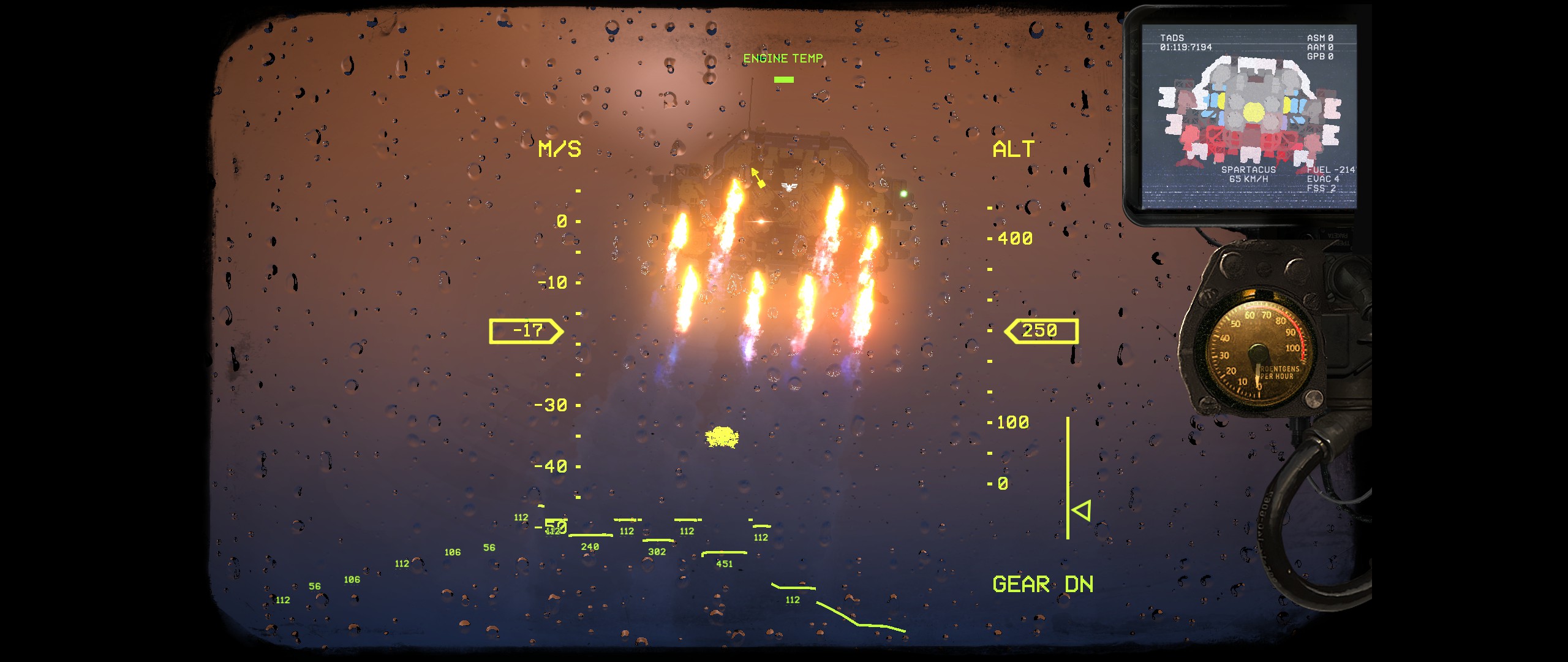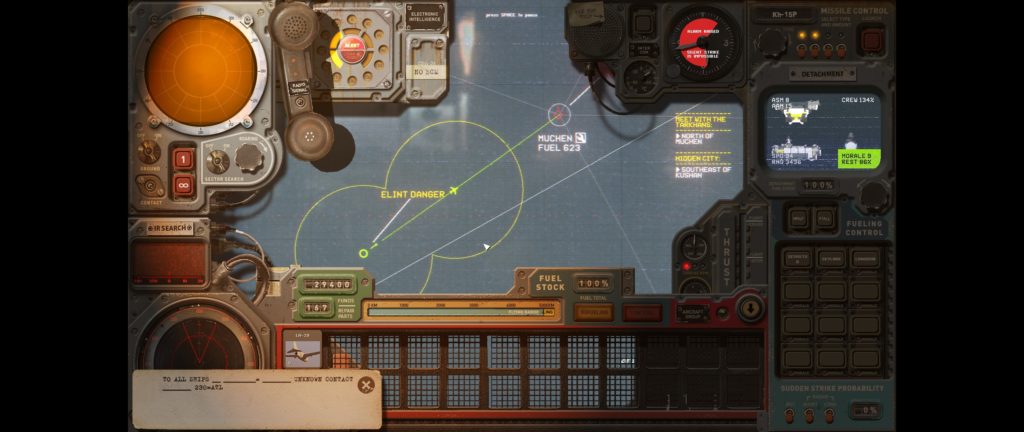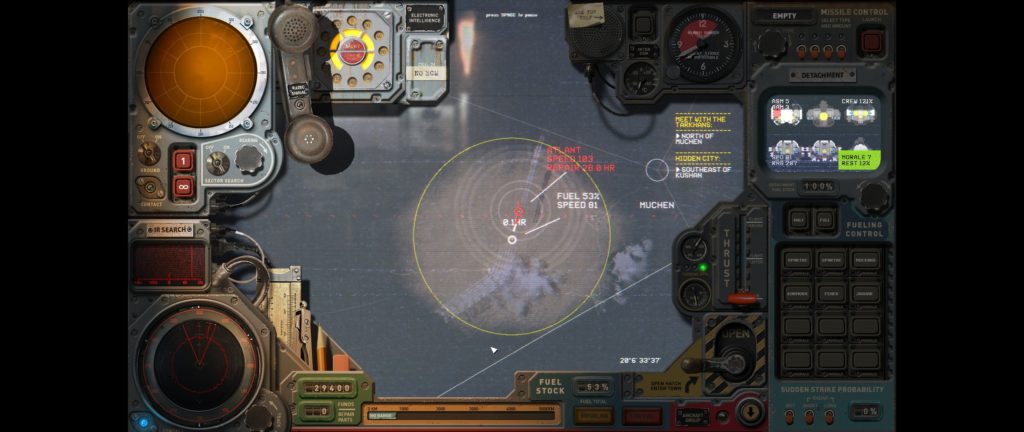Highfleet is one of the most original, interesting, and challenging games I’ve played lately. Much like 2020’s Shadow Empire, it feels like a throwback to the 1990s philosophy of game design: both in its sheer uniqueness, and in its uncompromising difficulty. And just like the best 1990s games (or, more recently, the Souls series), the payoff comes from climbing the learning curve and watching each piece of the design click into place.
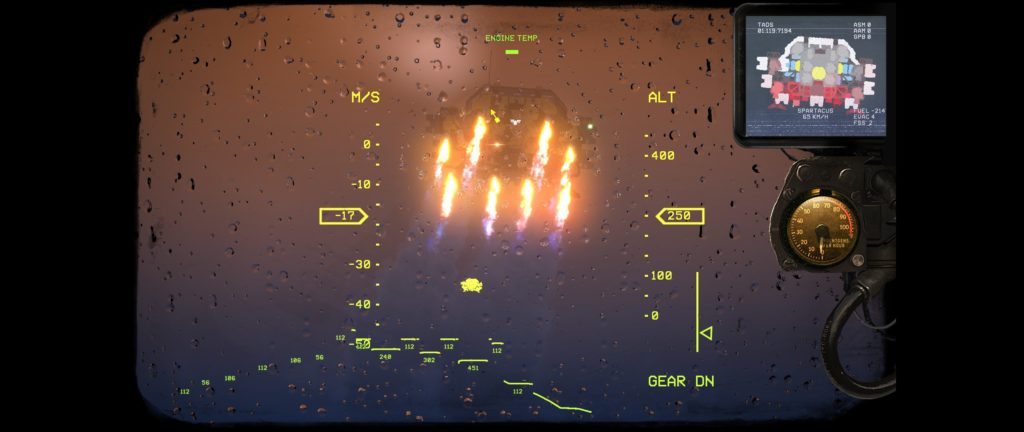
I could best sum up the game’s premise as a cross between Dune and Star Control 2, if Dune had giant flying battleships. You are the heir to an imperial house, brought low by a noble rebellion. Commanding a ragtag fleet of airships, you must fight across the map, rally independent captains to your cause, and win the war. Mechanically, Highfleet combines action, strategy, simulations, and roguelites. On the strategic layer, you send out ships, watch your sensors, order long-ranged missile or air strikes, and evade or challenge enemy fleets. Individual activity become minigames: landing at cities, 2D arcade battles (which resemble a horizontal Star Control 2), intercepting enemy radio transmissions, and recruiting allies. The map is randomised each run, and a custom ship designer allows for plenty of options when choosing the starting fleet.
These are all vital to success. There is only one save slot per run, ironman/roguelite-style. Being good at combat is table stakes — it’s possible to win almost every battle and still lose the war. Repairing and refuelling take time and money. Loiter too long and the enemy will become aware of your location, in which case prepare for a barrage of cruise missiles followed by multiple capital ships. Fleet composition is an art, and one that depends on play style. Some players swear by light, fast, unarmoured raider corvettes — but I simply can’t dodge well enough to avoid enemy fire. On subsequent runs, switching to armoured medium frigates yielded much more success — especially when I modified them to add more fuel, so I didn’t constantly have to top off.
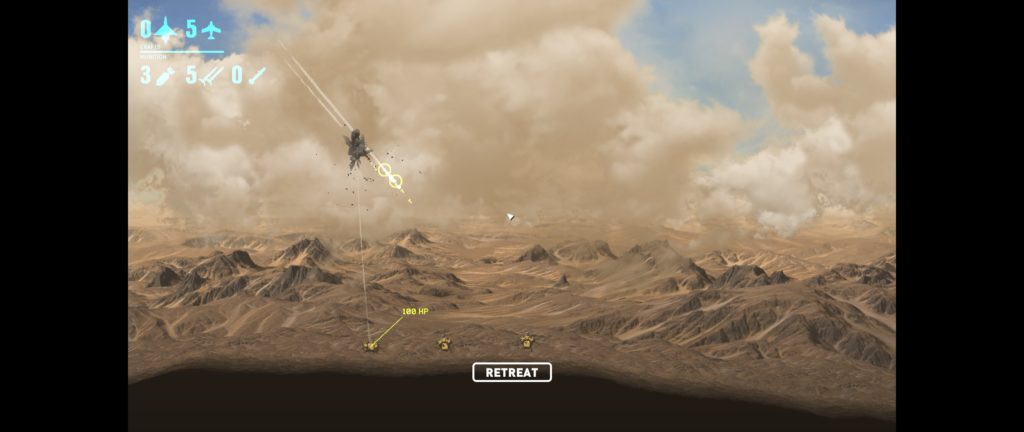
As my experience highlights, this is a game built around trying, failing, learning, and trying again. Most of my encounters with enemy strike groups have rapidly led to the game-over screen. My current run is a different story. When one of my raiding parties was mauled by a salvo of cruise missiles from a rebel strike group, it could have been another game-ending moment. I quickly pulled the survivors back to my hidden sanctuary to repair — and watched my sensors. I knew the enemy was along a certain bearing; their radar emissions, and their radio transmissions, gave it away. I launched a blind air strike along that bearing — and hit the jackpot, as my planes pummelled the enemy with bombs and rockets. Now it was time for revenge. I sent my fleet to counterattack, while the enemy cruisers were still repairing the damage from the air strike. The hunted became the hunter; the enemy cruisers tumbled from the sky in ruins; and soon afterwards, I repeated the trick on a second strike group that made the mistake of following the first. That was the moment I felt I was beginning, just beginning, to master the game. And what a great feeling it was!
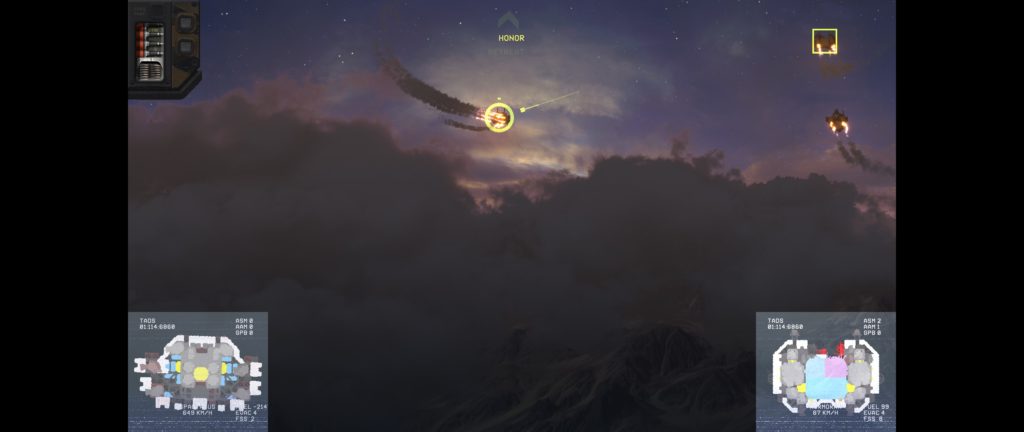
This attitude to difficulty will not be for everyone. In my case, I keep coming back: this is an experience that reminds me of playing the original 1994 XCOM as a child. Highfleet’s unique combination of mechanics is both deep and fascinating, and as tough as it is, it’s also fair. Even if I don’t succeed with this run, I’m sure I can learn, apply those lessons, and do better next time.
Further reading
PC Invasion’s review sold me on the game.
